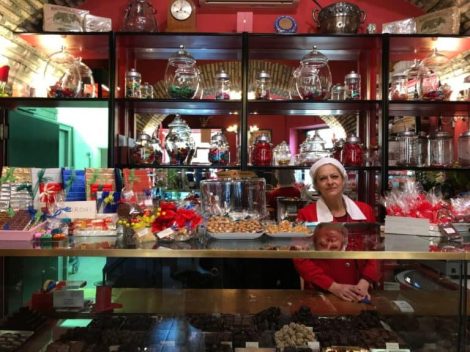"We eat sweets, we talk sweetly" is the ancient Turkish proverb that emphasizes the importance of pastry in the country's gastronomic culture. A land of very rich cuisine, which has in sweets the symbol of hospitality but also a sign of trust and bonding. Sweets were the protagonists of parties reserved for the janissaries, the sultan's private army at the time of the Ottoman Empire. Ubiquitous dishes in any ritual that marks an important passage of life, from birth to marriage.
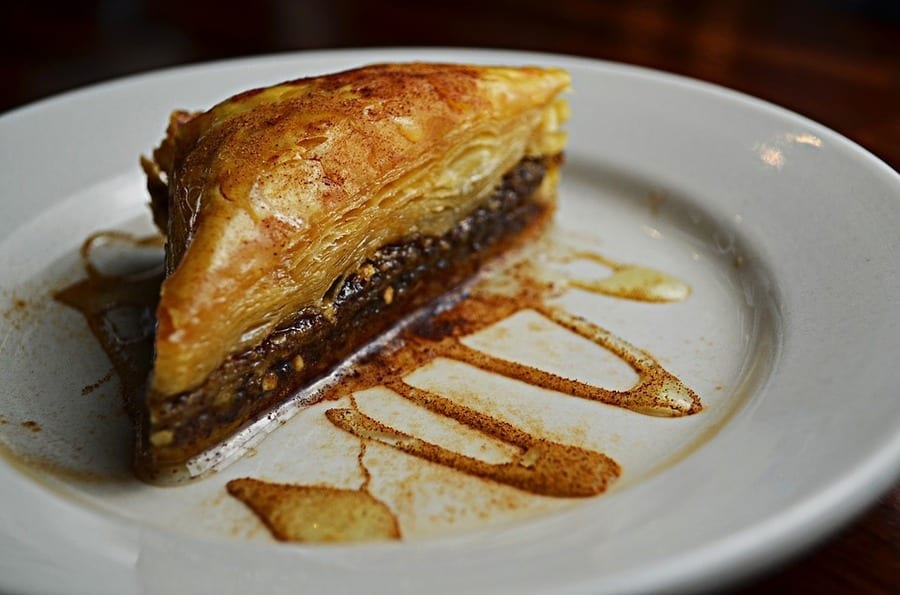
Typical Turkish sweets: the role of pastry in the Ottoman Empire
Reporting this are the deputy of Ordu, Mr Mustafa Hamarat, the Mayor of Ünye, Mr Huseyin Tavli, the director of the Museum of Ünye, Mr Ihsan Akbulut and the President of the Association of Women Entrepreneurs Ms Selma Hasdemir during the event of 12 November 2019 at the Turkish Cultural Centre of Rome. The event was dedicated to the tradition of sweets during the Ottoman Empire. A journey to discover the flavours of a nation that "has always integrated new ingredients and techniques into its own cuisine", as explained by Mr Hamarat.
Turkish sweets: baklava
The first Turkish cuisine cookbook is “Melceü't-Tabbâhîn,” The Refuge of Cooks, written in 1844, but evidence of Ottoman pastries dates back to much earlier. The first traces of baklava, for example, among the most popular and appreciated desserts, date back to 1473. It's a sweet born, according to legend, at the Topkapi Palace, and spread in a short time in all territories under the dominion of the Ottoman Empire, from North Africa to the Middle East, and in almost all the kitchens of neighbouring Asia and the Balkans. A tart made up of sheets of phyllo dough - very thin, almost transparent pastry - buttered and stuffed with nuts, soaked in a solution of sugar and lemon juice or honey and spices. The cake is usually cut into cubes and triangles and served in single portions in different variations.
Baklava: the sweet of the janissaries
The preparation of phyllo pastry is so complex that in olden times skilled cooks competed in a very difficult race, during which they were asked to spread the dough as thin as possible. A coin was then thrown from a distance of about 70 centimeters: the winning dough was the one through which the coin could pass. From 2018, part of Unesco intangible heritage, in the Ottoman era baklava was given to the janissaries during a ceremony staged every 15th of the month, to symbolize the soldiers' loyalty to the Empire: the largest pan was reserved for the highest ranking soldier. Even today, it's served during special occasions, during the Ramadam period, to celebrate the purchase of a house or when ask for the hand of a future bride.
Halva: the sweet that marks the end of a journey
Another fundamental sweet is halva, a word deriving from Arabic and which means 'sweet'. Originally, during the 9th century, it was present in two main variants: flour-based or made with semolina, in both cases with the addition of butter, sugar, milk and cream. At Topkapi Palace there was a room dedicated to the preparation of halva, called Helvahane, where experienced pastry masters, the halvari, worked. It was consumed during popular and heartfelt festivals, such as the circumcision of the sultan's son and then to sanction life milestones: the end of school, end of military service, the weaning of lambs, the prayer for rain and also to obtain God's favour.
Ashure, Noah's pudding
No other pastry, however, is linked to the Ottoman spiritual sphere like the ashure. Many myths, legends and religious tales intersect around this particular sweet. Among all, that of Noah's ark. Once finally on Mount Ararat, together with the survivors, Noah put together the few ingredients he had, giving life to the first recipe of the ashure, also called "Noah's pudding". At the base of the preparation are grains, cinnamon, legumes, pomegranate, nuts, raisins and sugar, which give life to a creamy and substantial pudding. It's consumed throughout the year, but particularly on the Day of Aşure, tenth day of Muharram, the first month of the Turkish calendar.
Güllac: the sweet of Ramadarm
More rare, instead, is Güllac, made with a very special starchy puff pastry, very thin and produced only during Ramadam. Literally, it means "plate with roses", because it includes, among the various ingredients, a few drops of rose water, but also because the layers of dough are so thin as to recall the petals of the flower. The sheets are moistened with sweetened milk and enriched with pomegranate.
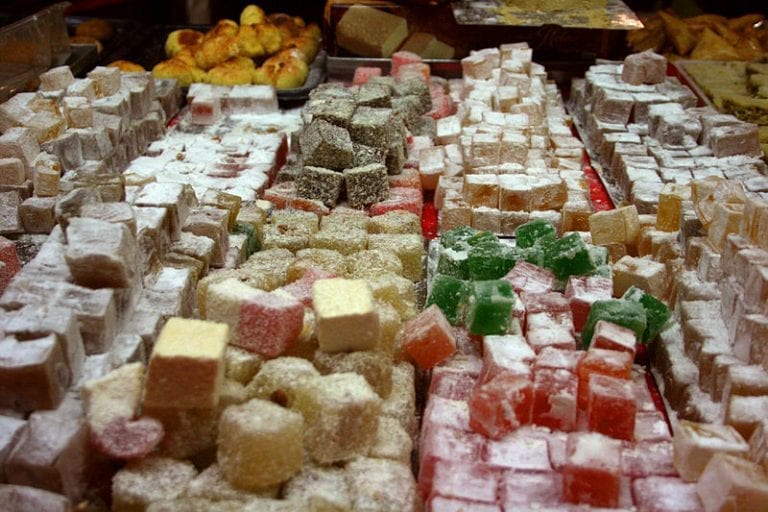
Lokum: Turkish delight candies
In Turkish it's called lokum, but all over the world it's known as Turkish delight, thanks above all to a British traveler who brought back the recipe for these sweets of Persian origin, later adopted by the Ottomans and nicknamed "relief for the throat". In fact, these are melt-down tablets prepared at first with honey and fruit syrup and from the 17th century onwards, with sugar. Many celebrated fans of lokum, among whom Picasso, who ate them to concentrate better; and Napoleon, who is said to have had a real dependence on these sweets. In England they are very widespread also thanks to the Fry's brand, which sold them first in an unusual version with chocolate coating.
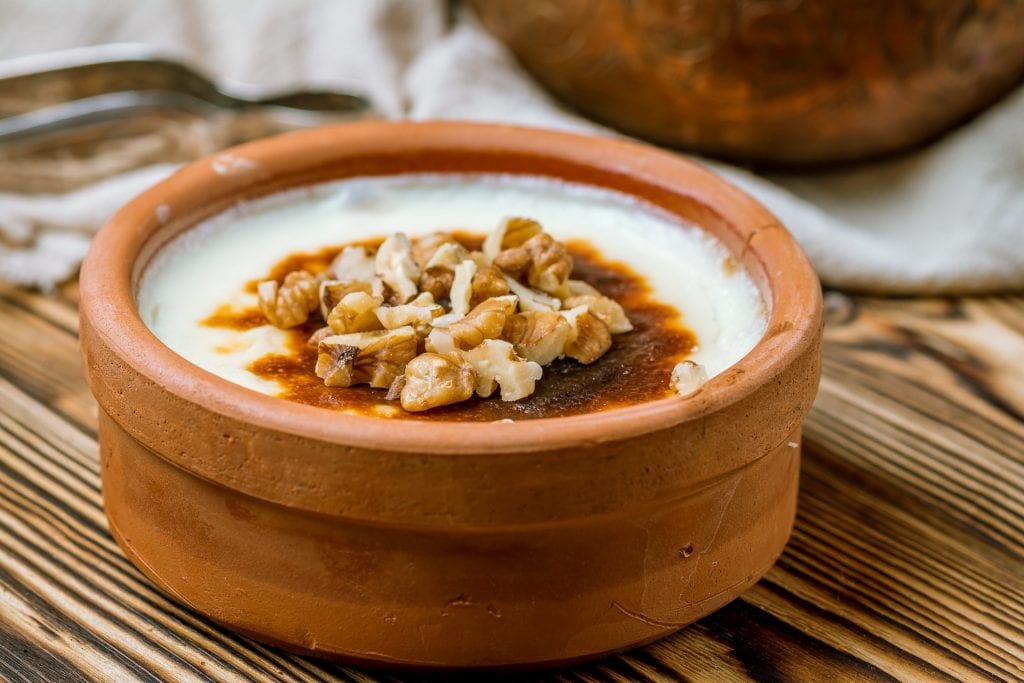
Sutlac, rice pudding appreciated by Italians
Another pudding, this time made with rice, is a specialty common to many countries and in Turkey known as sutlac. To make it, one needs milk, rice and sugar, three simple ingredients to obtain a thick and delicious dessert. Much appreciated above all in Italy: among the first to request it, the Dukes of Ferrara and the cook Cristoforo di Messisbugo, who in 1549 renamed it "riso turchesco". Even Bartolomeo Scappi indicates it in one of his menus of 1575, calling it "Turkish rice with a sprinkling of sugar and cinnamon".
Akide Sekeri and the ulufe ceremony
Beyond lokum: other sweets typical of the Turkish tradition are akide sekeri, from "akit" which means "pact", "agreement". The janissaries were again the ones to benefit from these sweets, during the ulufe ceremony, which represented the time of the distribution of the salary and underlined the renewal of the pact between soldiers and sultan.
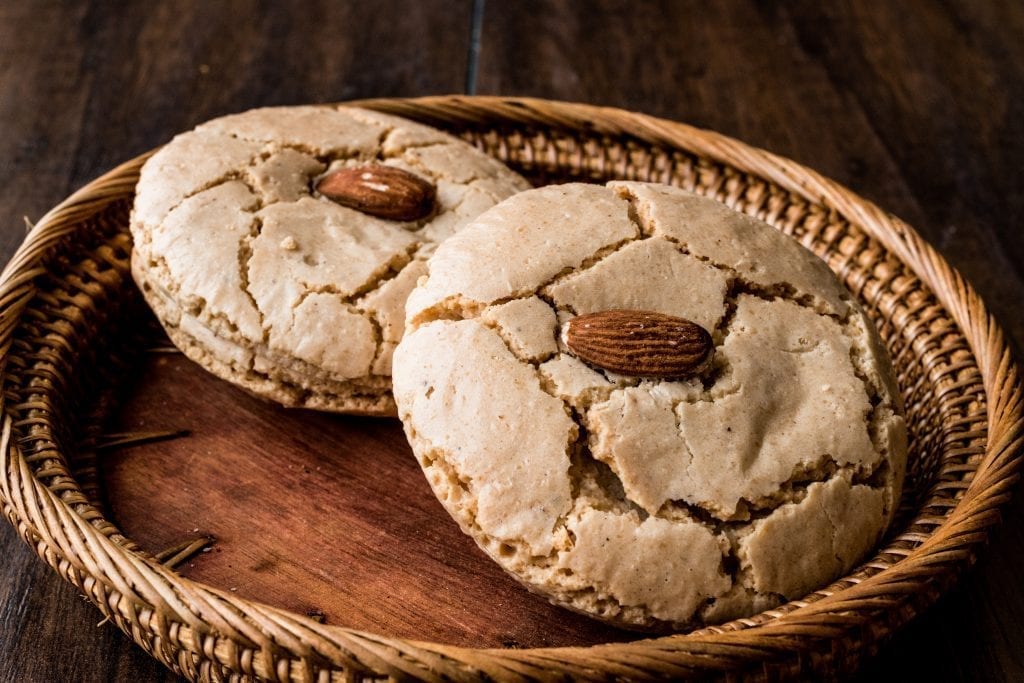
Biscotti, syrup and fried sweets
Then there are the biscuits, the acibadem, made with almond, sugar, egg white and with a bitter almond placed in the centre. Plus compotes and syrups, musts on the Turkish table: sherbets also play a fundamental role in the daily diet, today but even more so in the past, when they were enjoyed frequently to quench thirst. Sherbet is one of the first ancestors of Italian granita and sorbet. Among fried sweets, kalburabasti: a pastry made with syrup, margarine, flour, yogurt, seed oil, eggs, yeast and nuts. Among the most popular street foods is lokma: balls of flour, yeast, salt and sugar, fried and sprinkled with sweet syrup.
Recipes: baklava by Laura Ravaioli
Ingredients
500 g phyllo pastry
250 g margarine, melted
For the filling
400 g assorted ground nuts; sultanas (rinsed and dried); coconut flakes
30 g ground pistachio for garnish
For Tripoli-style honey
500 g brown sugar
1 l water
1 lemon
In a saucepan, over moderate heat, melt the margarine. Meanwhile prepare the Tripoli-style honey: in a pan add the brown sugar, water, half lemon and juice from the other half and cook until it becomes amber coloured and a drop placed in a dish tends to gel.
Prepare the filling by mixing the dried fruit in a bowl. Now let’s move on to the actual preparation of the dessert: open the phyllo pastry dough, take half of it, making sure that the sheets remain as they are, that is stacked one on top of the other. Cover the remaining part with a damp kitchen towel to prevent it from drying out. With the dough line the bottom of a rectangular aluminum pan with straight edges size 30×40 centimeters, then with the tip of a knife make as many holes on the dough as possible by penetrating to the last layer. With a brush, grease the bottom of the dough well with about 1/3 of the margarine. Through the holes made in the dough the fat will penetrate between layers making them crisp once baked. Spread the dried fruit on the dough base, wet with another third of the margarine then cover with the remaining dough and with the tip of a sharp knife make some cuts so as to divide the cake into 10 cm squares. Finish with the remaining margarine then bake.
Bake in a hot oven at 180° C for about 40 minutes, or so. The surface of the cake should be well browned. Remove from the oven and while it is still hot pour the syrup over the surface, lingering over the slits made before cooking, then finish the cake with the crumbled pistachios
by Michela Becchi

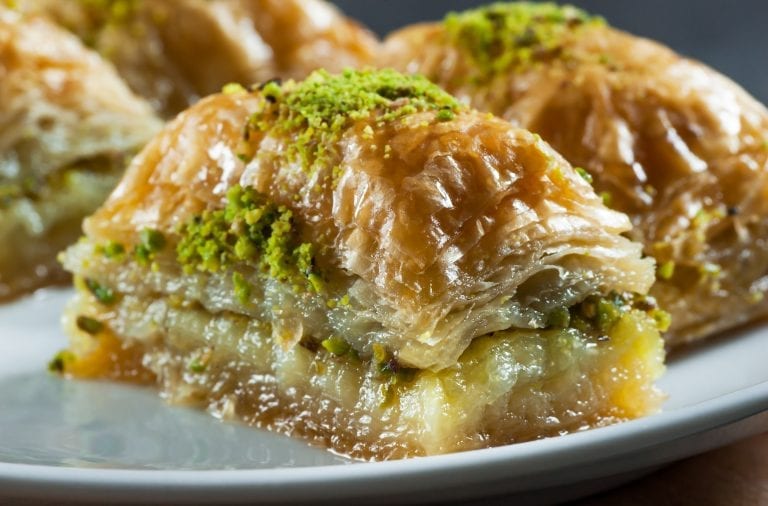
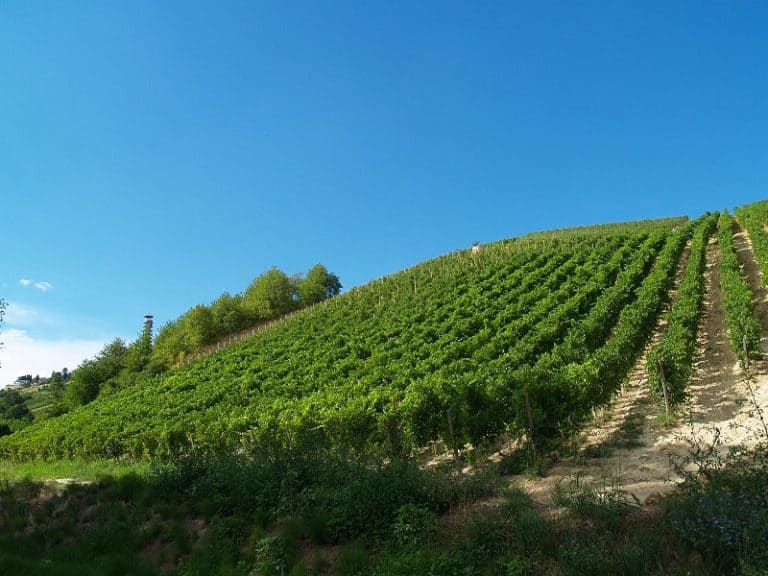 Andrea Picchioni's deeply agricultural Buttafuoco in Oltrepò Pavese: tasting 8 Vintages
Andrea Picchioni's deeply agricultural Buttafuoco in Oltrepò Pavese: tasting 8 Vintages "How to open a restaurant in Copenhagen": the story of Lucia De Luca and Valerio Serino
"How to open a restaurant in Copenhagen": the story of Lucia De Luca and Valerio Serino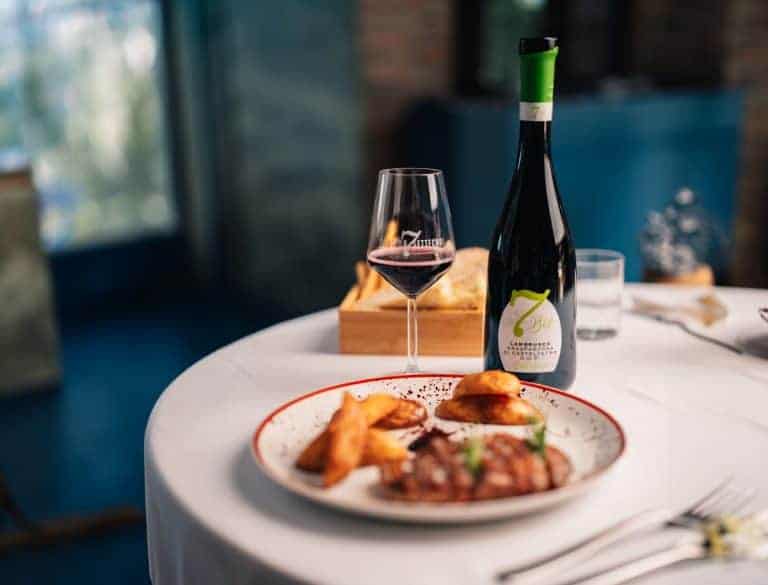 The best value for money wine according to Gambero Rosso
The best value for money wine according to Gambero Rosso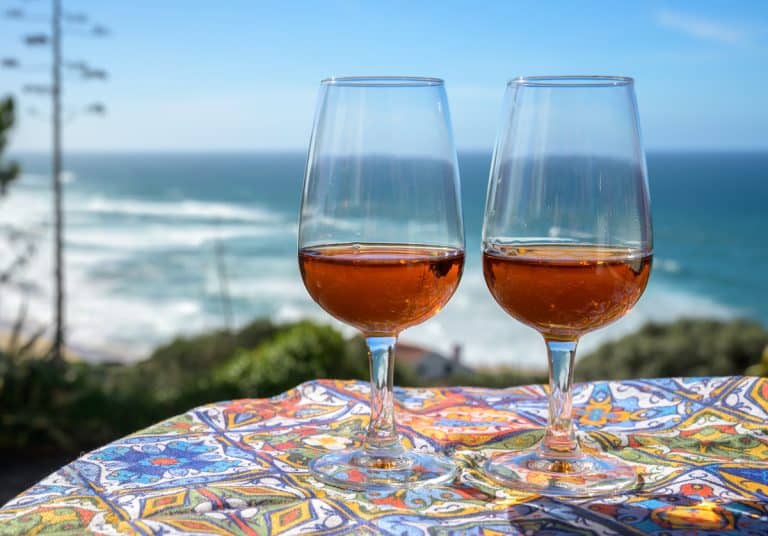 The irresistible charm of oxidative wines: the diaries of a Master of Wine
The irresistible charm of oxidative wines: the diaries of a Master of Wine "A Puglian cuisine without orecchiette or traditional dishes": Somma in Singapore explores the fine dining of the future
"A Puglian cuisine without orecchiette or traditional dishes": Somma in Singapore explores the fine dining of the future

